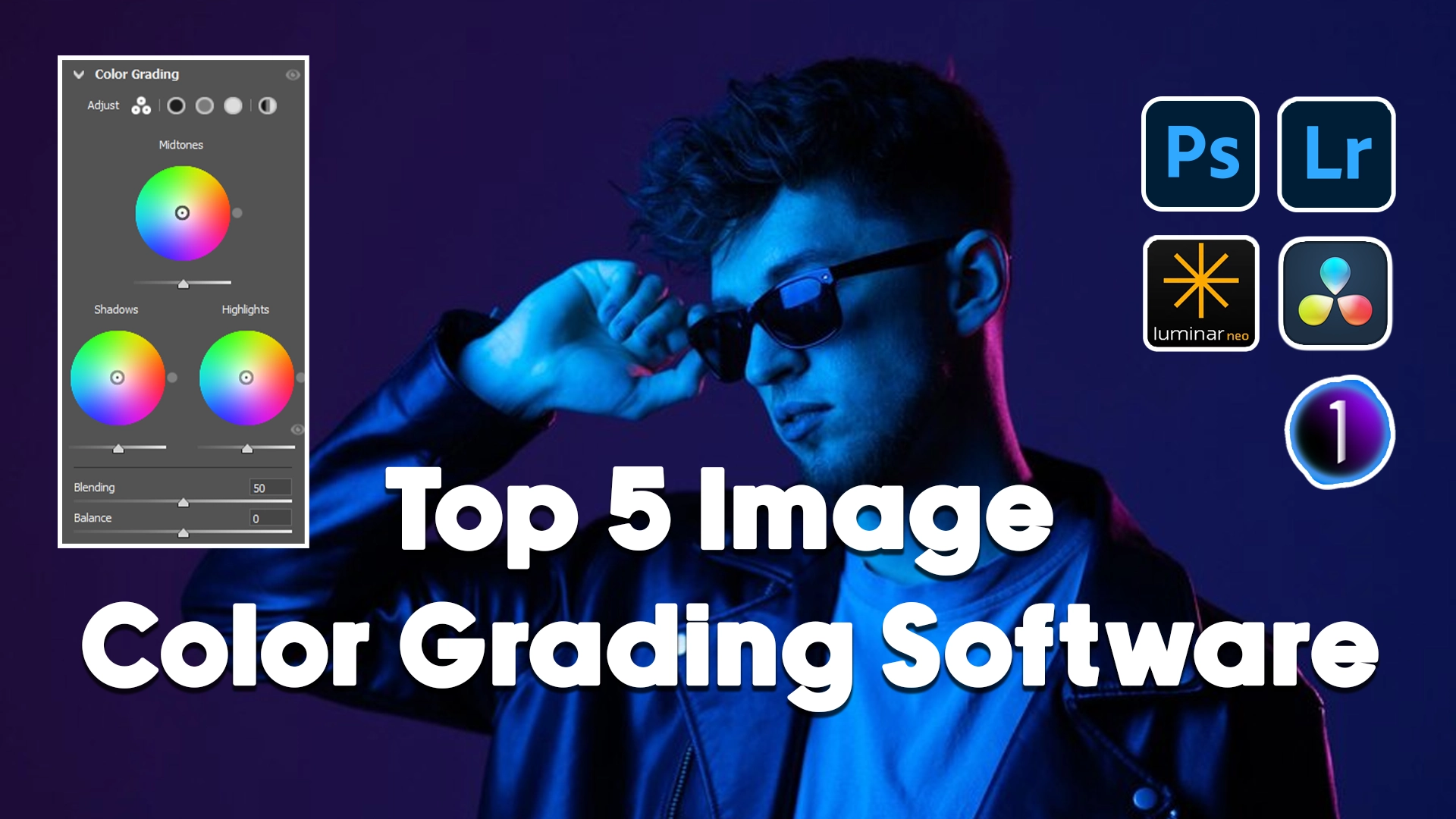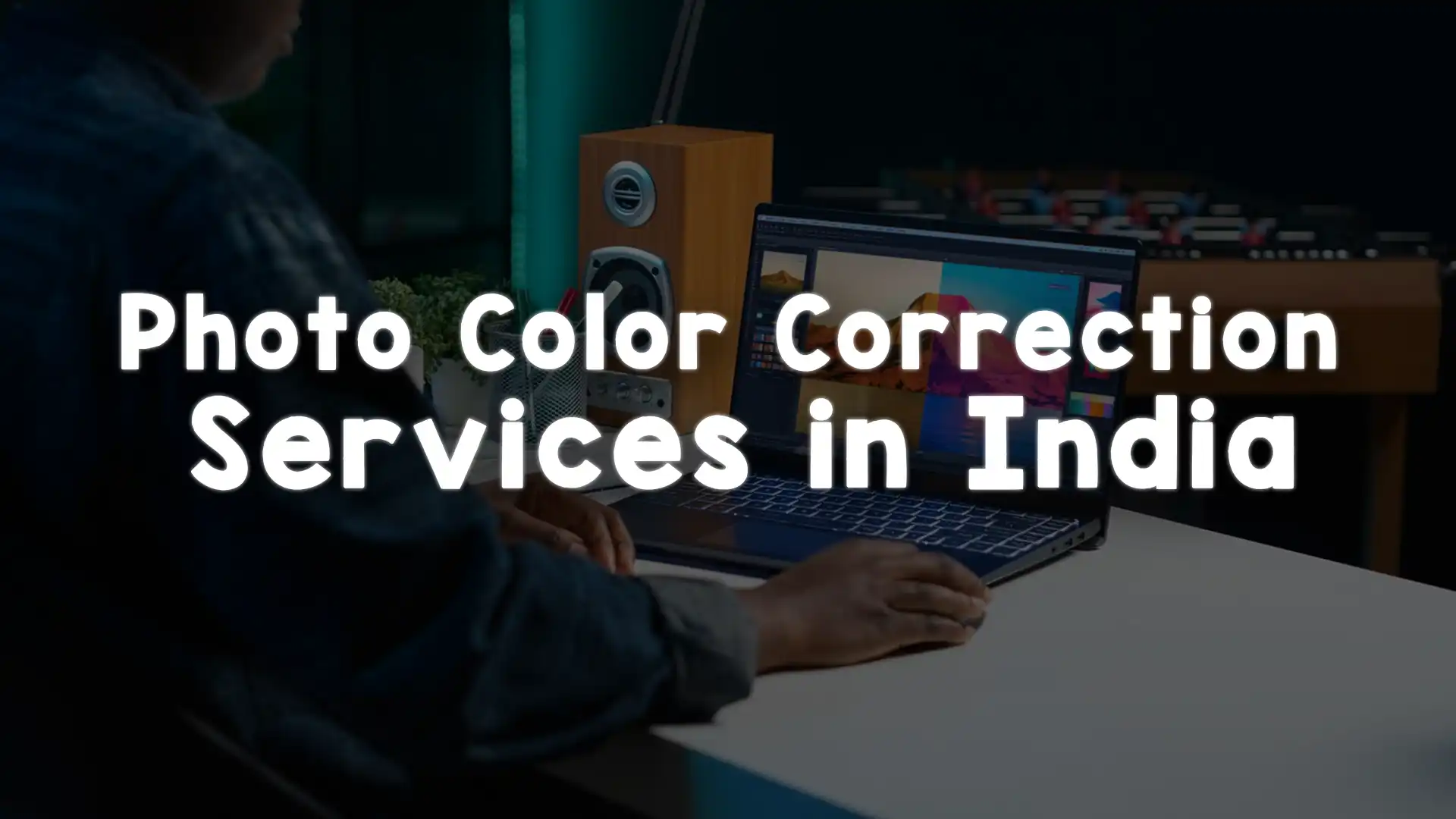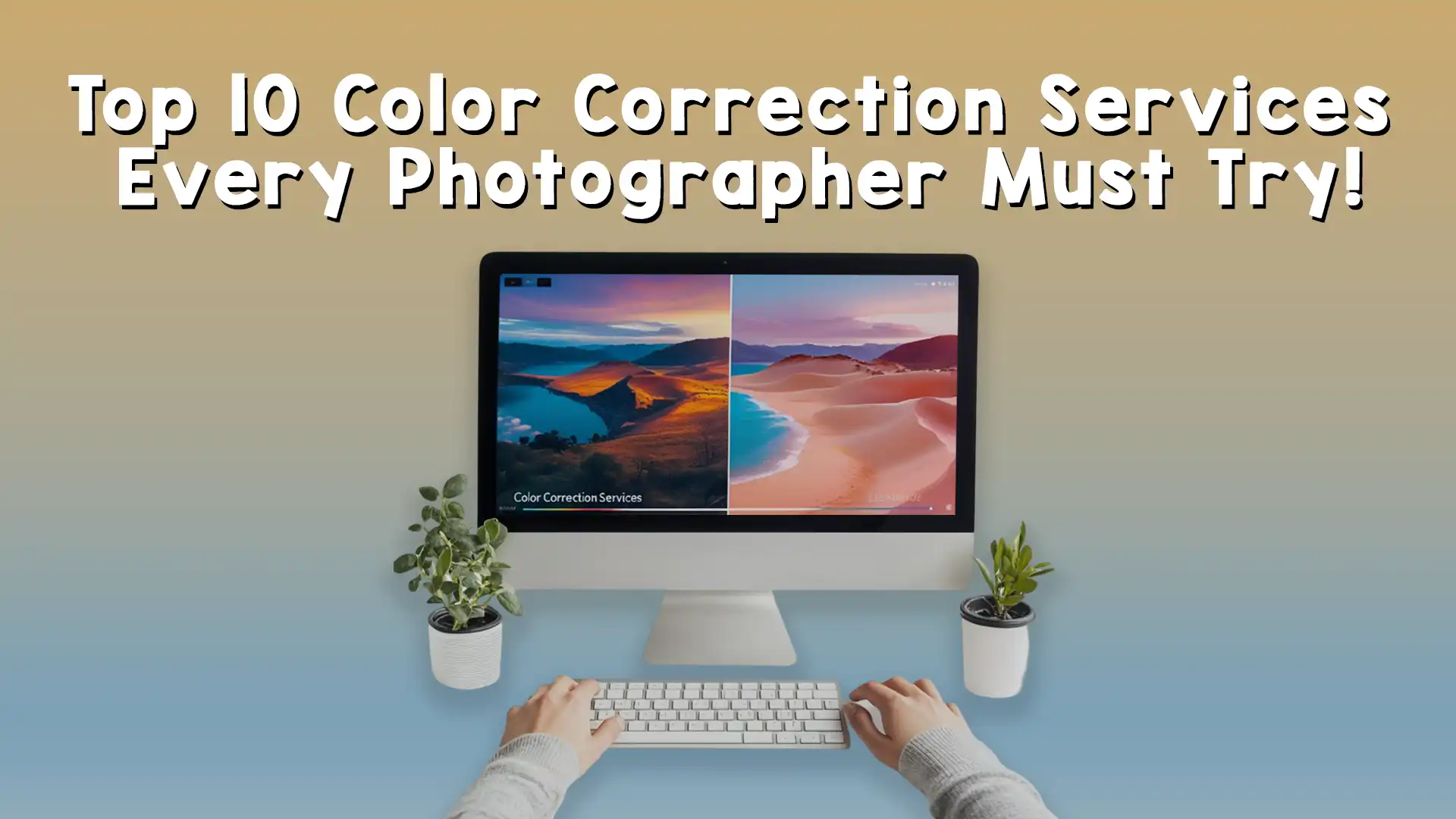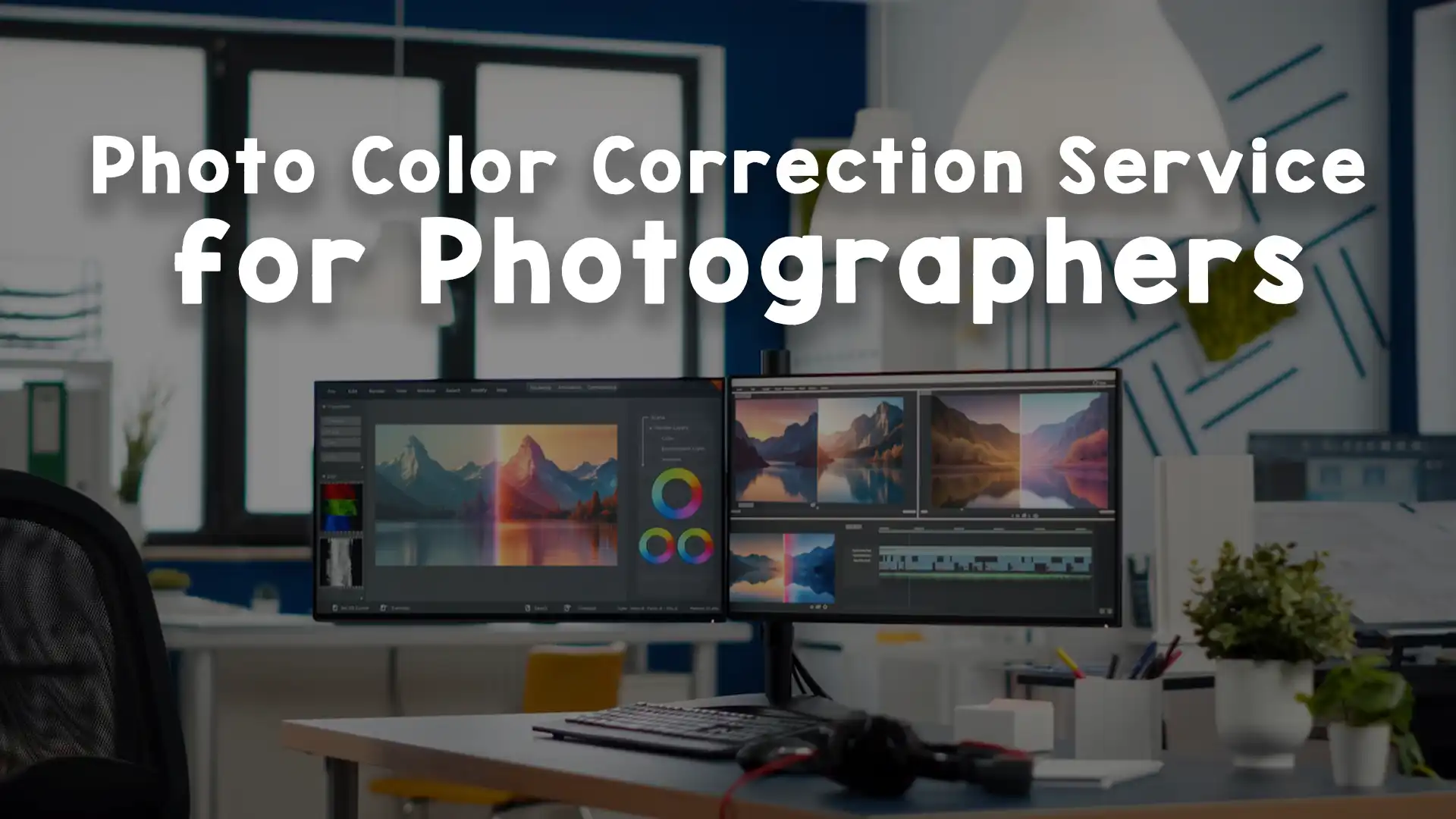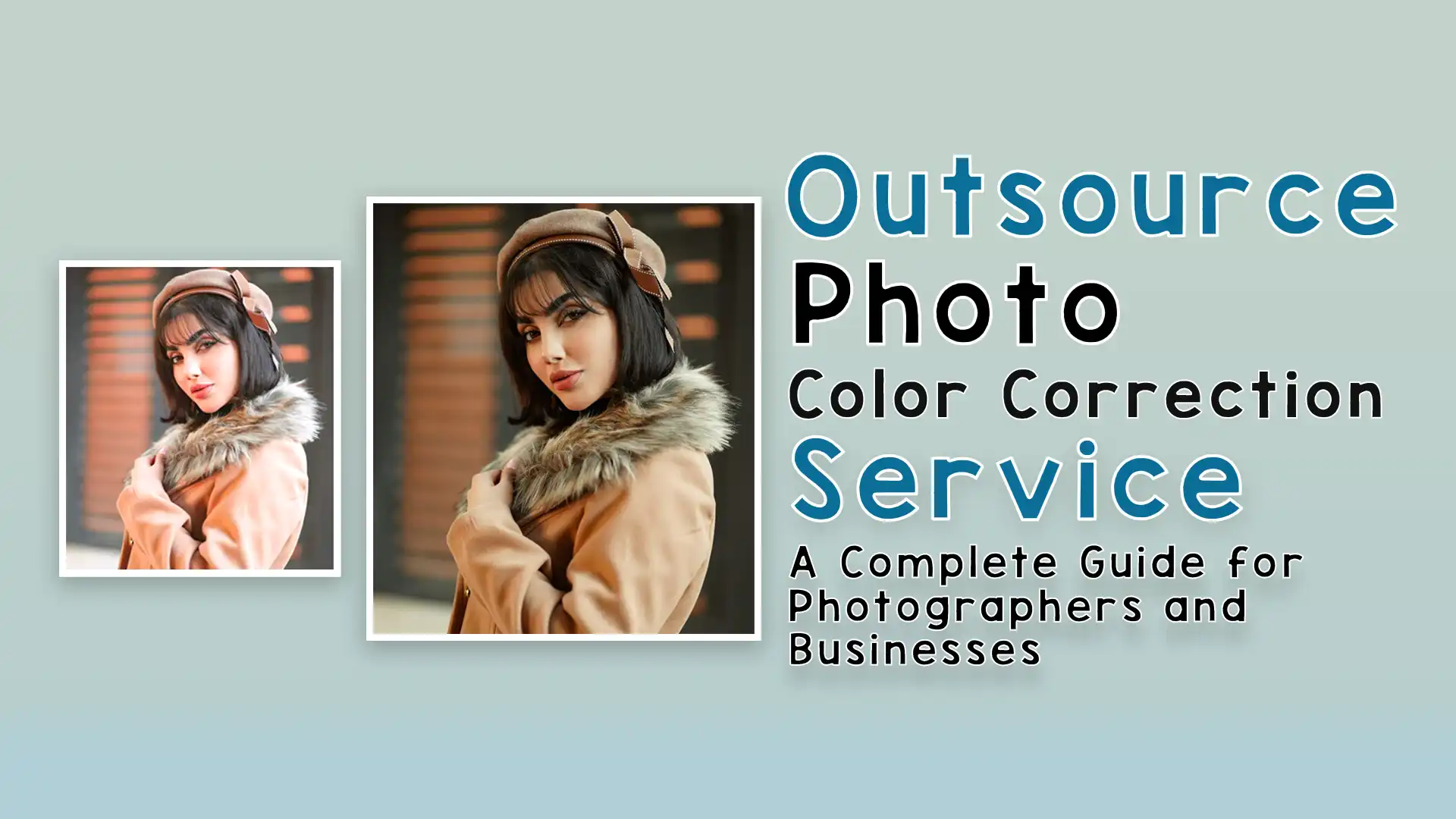Photos have a way of capturing moments, but sometimes they need a little help to truly shine. That’s where image color grading comes in—it’s the magic touch that turns a good picture into a great one. Whether you’re a photographer, a business owner, or just someone who loves snapping pics, image color grading can make your photos look professional and polished. With the right software, you can tweak colors, adjust tones, and create a style that’s all your own. But with so many tools out there, how do you pick the best one? This article dives deep into the top five image color grading software options, giving you reviews and insights to help you choose the perfect tool for enhancing your photos.
Image color grading isn’t just about fixing mistakes—it’s about setting a mood and telling a story. Maybe you want your beach shots to glow with warm, golden hues or your cityscapes to have a cool, cinematic vibe. Whatever your goal, the software you choose can make or break the process. Some tools are simple and quick, perfect for beginners, while others pack advanced features for pros who live and breathe image color grading. We’re here to break it all down, so you can compare these products and find the one that fits your needs, whether you’re editing for fun or profit.
Why Image Color Grading Matters
Let’s start with the basics: why should you care about image color grading? Colors do more than just make a photo pretty—they evoke feelings and grab attention. A dull, flat image might get scrolled past, but one with vibrant, well-balanced colors stops people in their tracks. Image color grading lets you control that impact. It’s about adjusting brightness, contrast, and hues to make your photos pop, whether you’re showcasing products for an online store or sharing memories on social media.
For businesses, image color grading is a game-changer. Think about an e-commerce site selling clothes—if the colors in the photos don’t match the real thing, customers might return their orders. Professional image color grading ensures accuracy and appeal, building trust and boosting sales. Even for personal projects, like a family album, the right software can enhance every shot, making those moments feel extra special. With so much riding on color, picking a tool that makes image color grading easy and effective is worth the effort.
What to Look for in Image Color Grading Software
Before we dive into the top five, let’s talk about what makes great image color grading software. First, it should be user-friendly. You don’t want to spend hours figuring out complicated menus—good tools let you jump in and start grading fast. Next, look for flexibility. The best software offers a range of options, from basic tweaks to advanced controls, so you can grow with it as your skills improve. Quality matters too—your image color grading should look natural and professional, not overdone or fake.
Speed is another big deal. If you’re editing dozens of photos, you need software that keeps up without lagging. Cost is a factor as well—some tools are free, while others charge a one-time fee or a subscription. Think about your budget and how often you’ll use it. Finally, check for extras like tutorials or customer support. A tool that helps you learn image color grading while you go can save you time and frustration. With these points in mind, let’s explore the top contenders.
Exploring Adobe Photoshop for Image Color Grading
When it comes to image color grading, Adobe Photoshop is a name that’s hard to ignore. It’s been a favorite among pros for years, and for good reason—it’s packed with powerful tools to enhance your photos. Photoshop lets you dive deep into image color grading, adjusting everything from hue and saturation to shadows and highlights. Want to make a sunset glow brighter or soften the tones in a portrait? Photoshop’s got the controls to make it happen, with layers and masks that give you pinpoint accuracy.
The downside? Photoshop can feel overwhelming if you’re new to image color grading. It’s not the simplest tool to pick up, and there’s a learning curve to master its features. It’s also not cheap—you’ll need a subscription to Adobe Creative Cloud, which starts at around $10 a month for the Photography plan. But for those willing to invest time and money, Photoshop delivers unmatched flexibility for image color grading. It’s ideal for professionals or serious hobbyists who want total creative control over their photos.
Discovering Adobe Lightroom’s Image Color Grading Power
Next up is Adobe Lightroom, another heavy hitter in the world of image color grading. Unlike Photoshop, Lightroom is designed with photographers in mind, making it a bit more approachable. It’s all about streamlining your workflow, so you can edit batches of photos quickly and efficiently. Image color grading in Lightroom is a breeze thanks to its intuitive sliders and presets—you can tweak colors, adjust tones, and apply looks with just a few clicks.
What sets Lightroom apart is its non-destructive editing. That means you can experiment with image color grading without worrying about ruining your original photo. It’s perfect for anyone who wants to try different styles, like a vintage fade or a bold, modern pop. Like Photoshop, it’s part of Adobe’s subscription model, but many find the cost worth it for the time it saves. If you’re editing lots of photos and want a tool that balances power with ease, Lightroom is a top choice for image color grading.
Trying Out Luminar Neo for Simple Image Color Grading
If subscriptions aren’t your thing, Luminar Neo offers a fresh take on image color grading. Made by Skylum, this software is a one-time purchase, which makes it appealing if you’d rather avoid monthly fees. Luminar Neo blends AI-powered tools with manual controls, so you can enhance your photos fast or dive in for detailed tweaks. Its image color grading features include easy adjustments for vibrance, contrast, and specific color channels, all wrapped in a clean, modern interface.
The AI is a standout here—it can analyze your photo and suggest ways to fix colors automatically, which is great for beginners or anyone short on time. Want to boost the sky’s blue or warm up a landscape? Luminar Neo makes image color grading feel effortless. It’s not as deep as Photoshop for advanced edits, but it’s a solid pick for those who want professional results without the complexity. Priced around $150 for a lifetime license, it’s a cost-effective option to elevate your image color grading game.
Why Image Work India Loves These Tools
At Image Work India, we know a thing or two about making photos look their best. Our team uses tools like Photoshop and Lightroom to deliver top-notch image color grading for clients, whether it’s for personal projects or business needs. We’ve seen firsthand how the right software can transform an image, and we’re passionate about helping you do the same. Check out our services at Image Work India to see how we can assist with your photo editing goals.
Unleashing Creativity with DaVinci Resolve for Image Color Grading
Moving on to our fourth contender, DaVinci Resolve is a powerhouse that’s often associated with video editing but shines just as brightly for image color grading. Originally built for Hollywood-grade color correction, this software brings professional-level tools to your photos too. With DaVinci Resolve, image color grading feels like an art form—you’ve got advanced color wheels, curves, and scopes that let you fine-tune every shade and tone. Whether you’re aiming for a dramatic black-and-white look or a vivid, colorful masterpiece, this tool has the depth to make it happen.
What’s amazing about DaVinci Resolve is that its basic version is free. Yes, you can dive into image color grading without spending a dime, which is a huge win for beginners or budget-conscious creators. The paid Studio version, around $295 for a lifetime license, unlocks even more features, like noise reduction and extra effects, but the free edition is plenty robust for most photo projects. It’s not as beginner-friendly as some options—there’s a learning curve to master its interface—but for those willing to explore, DaVinci Resolve offers unmatched precision in image color grading. It’s a favorite for creatives who want to push their photos to the next level.
Simplifying Image Color Grading with Capture One
Rounding out our top five is Capture One, a software that’s earned a loyal following among photographers for its stellar image color grading capabilities. Made by Phase One, this tool is all about delivering true-to-life colors with a workflow that’s smooth and efficient. Capture One excels at image color grading because it starts with raw files—those unprocessed photos straight from your camera—giving you maximum control over hues, highlights, and shadows. Its color editor lets you target specific tones, so you can make reds richer or blues deeper without affecting the whole image.
Capture One feels like a middle ground between Lightroom’s ease and Photoshop’s complexity. It’s intuitive enough for newcomers to pick up, yet packed with pro-level features for seasoned editors. Image color grading here is fast, thanks to customizable presets and a clean layout, making it ideal for anyone juggling multiple projects. The catch? It’s not cheap—plans start at $24 a month or $299 for a perpetual license. But if you’re serious about photography and want software that nails image color grading every time, Capture One is worth the investment. It’s especially great for studio shooters or anyone obsessed with color accuracy.
Comparing the Top Five for Your Needs
Now that we’ve explored all five—Photoshop, Lightroom, Luminar Neo, DaVinci Resolve, and Capture One—let’s think about how they stack up for image color grading. Each brings something unique to the table, so your choice depends on what you’re after. Photoshop is the king of customization, perfect for those who want total control over every pixel in their image color grading process. It’s a go-to for pros, but its complexity might overwhelm casual users. Lightroom, meanwhile, keeps things simpler and faster, ideal for photographers who need to grade lots of photos without fussing too much.
Luminar Neo stands out for its AI-driven ease and one-time price, making image color grading accessible to beginners or anyone avoiding subscriptions. DaVinci Resolve offers pro-grade tools for free, which is unbeatable if you’re willing to learn its system—great for hobbyists or small businesses experimenting with image color grading. Capture One, with its focus on raw editing and color precision, suits photographers who prioritize quality over everything else. Think about your skill level, budget, and project size to pick the one that fits your image color grading goals.
How These Tools Fit into Real-Life Scenarios
Let’s get practical—how do these tools work for different situations? If you’re a small business owner selling handmade crafts online, image color grading can make your products irresistible. Lightroom or Luminar Neo could be your best bets here—both are quick and effective, letting you enhance colors to match your brand without needing a PhD in editing. For a wedding photographer, Capture One or Photoshop might be the way to go, offering the finesse needed to make every shot glow with perfect image color grading.
Maybe you’re a content creator building a social media presence. DaVinci Resolve’s free version could help you craft a signature look for your posts, keeping your image color grading consistent and eye-catching. Or if you’re just sprucing up family photos, Luminar Neo’s simplicity makes it easy to play with colors and share stunning results. No matter your scenario, there’s a tool here to handle your image color grading needs, turning ordinary shots into something special.
Tips to Get the Most Out of Image Color Grading Software
Picking the right software is just the start—using it well is what counts. One tip is to start small. Don’t crank every slider to the max; subtle tweaks in image color grading often look more natural. Play with presets or templates too—most of these tools offer them, and they’re a fast way to find a style you like before customizing further. Another trick is to learn your software’s shortcuts. Whether it’s Lightroom’s quick keys or Photoshop’s layer tricks, speeding up your workflow makes image color grading less of a chore.
Don’t skip tutorials either. These programs often have free guides online, and a little time spent learning can unlock new ways to enhance your photos. Finally, save your originals—good image color grading software lets you edit non-destructively, but it’s smart to keep backups just in case. With these habits, you’ll get pro-level results from any of these top five tools.
Why Image Work India Recommends Professional Support
While these software options are fantastic, sometimes you need a helping hand to perfect your image color grading. That’s where Image Work India comes in. Our team knows these tools inside and out, using them to deliver flawless edits for clients worldwide. Whether you’re too busy to grade your own photos or want expert eyes on your project, we’re here to make your images stand out. Visit Image Work India to see how we can take your image color grading to the next level.
Choose Image Work India for Your Photo Editing Needs
Let’s wrap up with a shoutout to Image Work India, your one-stop shop for professional image editing. While software like Photoshop or Capture One can transform your photos, our team at Image Work India brings years of expertise to every job. We handle image color grading with precision, whether it’s for personal memories, business assets, or creative projects. Our affordable rates, quick turnarounds, and dedication to quality make us a standout choice. Check out Image Work India to explore our services and see the difference we can make.
Why struggle with software when you can let us do the heavy lifting? We’ll enhance your photos with expert image color grading, saving you time and ensuring stunning results. From small tweaks to full overhauls, Image Work India has you covered. Head to Image Work India today and let’s get started on making your photos the best they can be!
